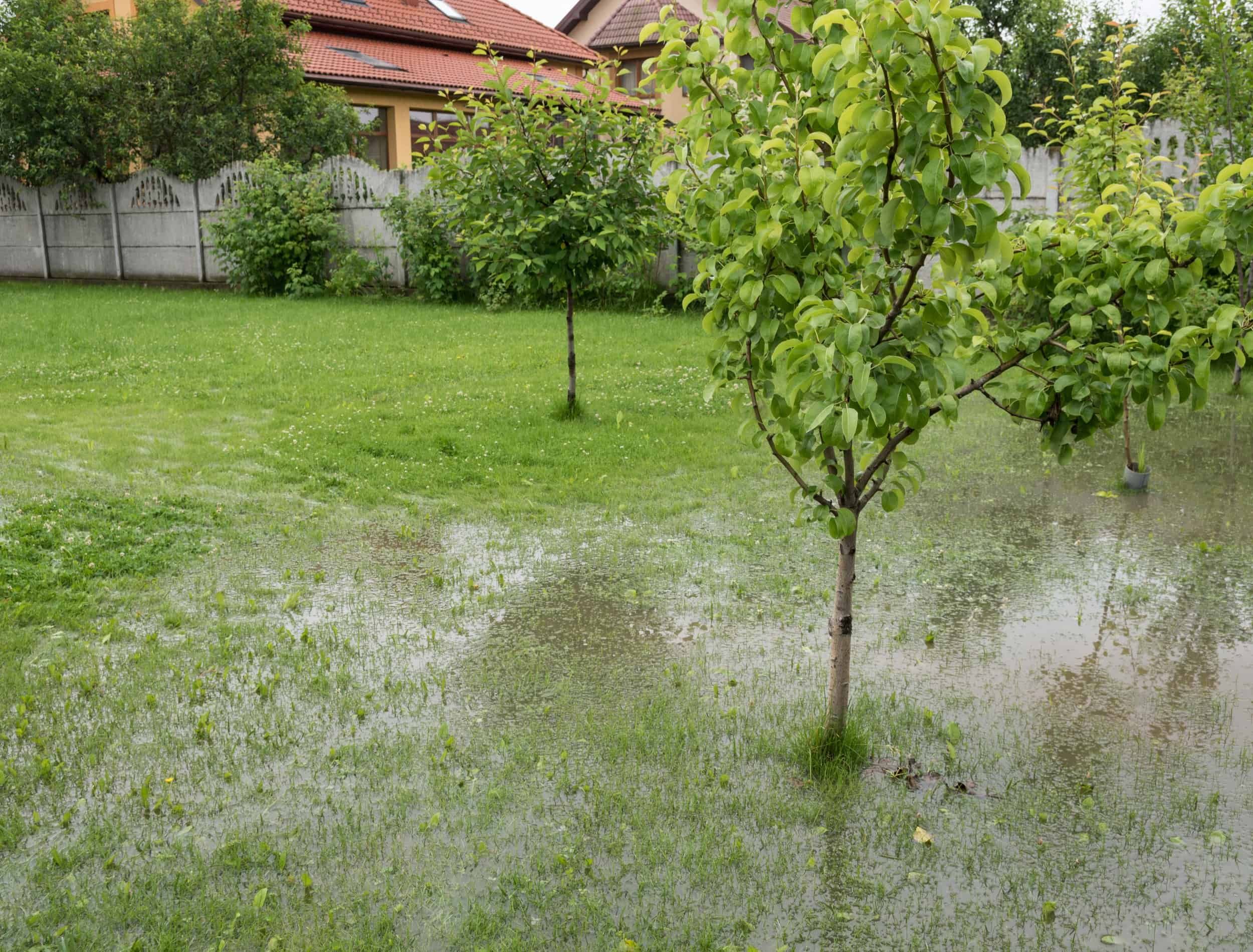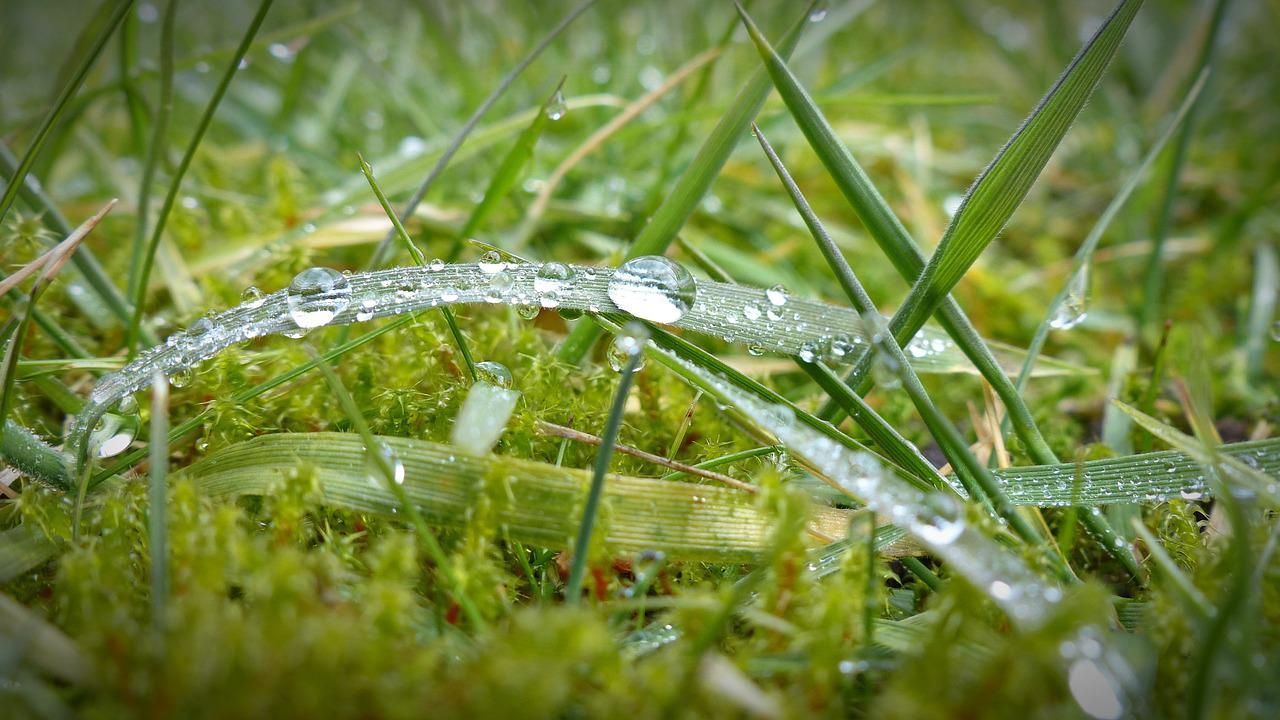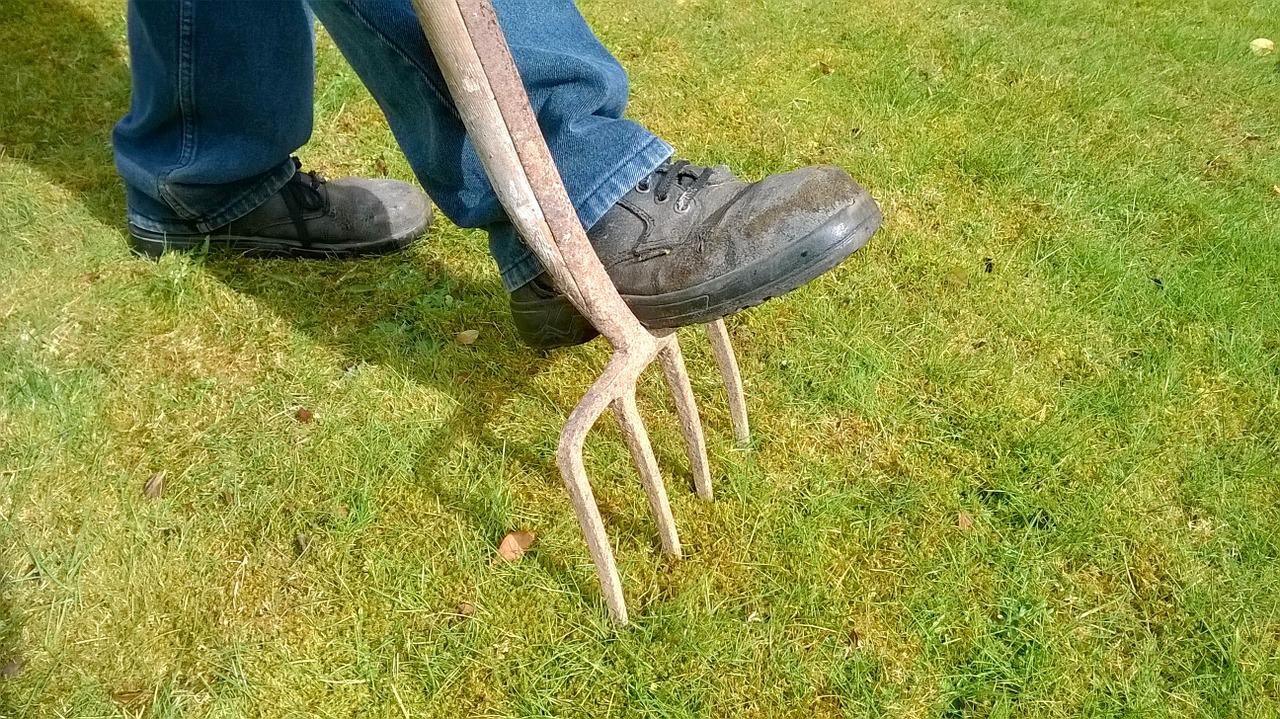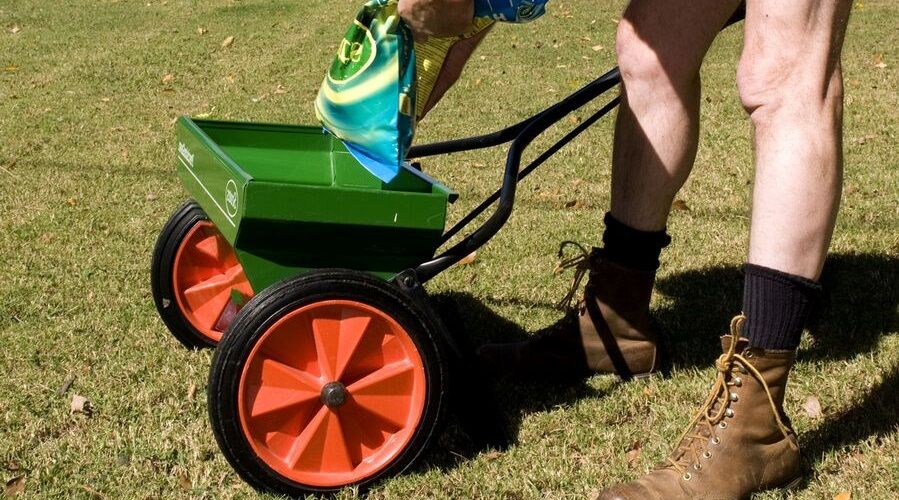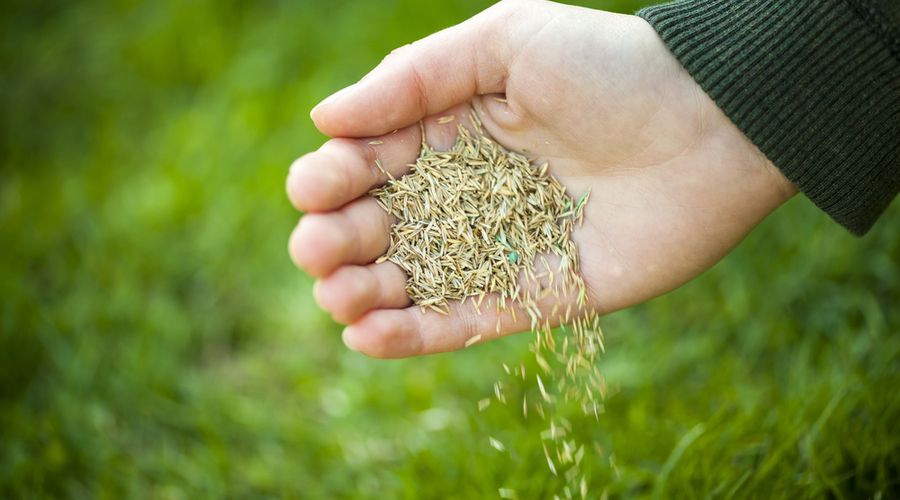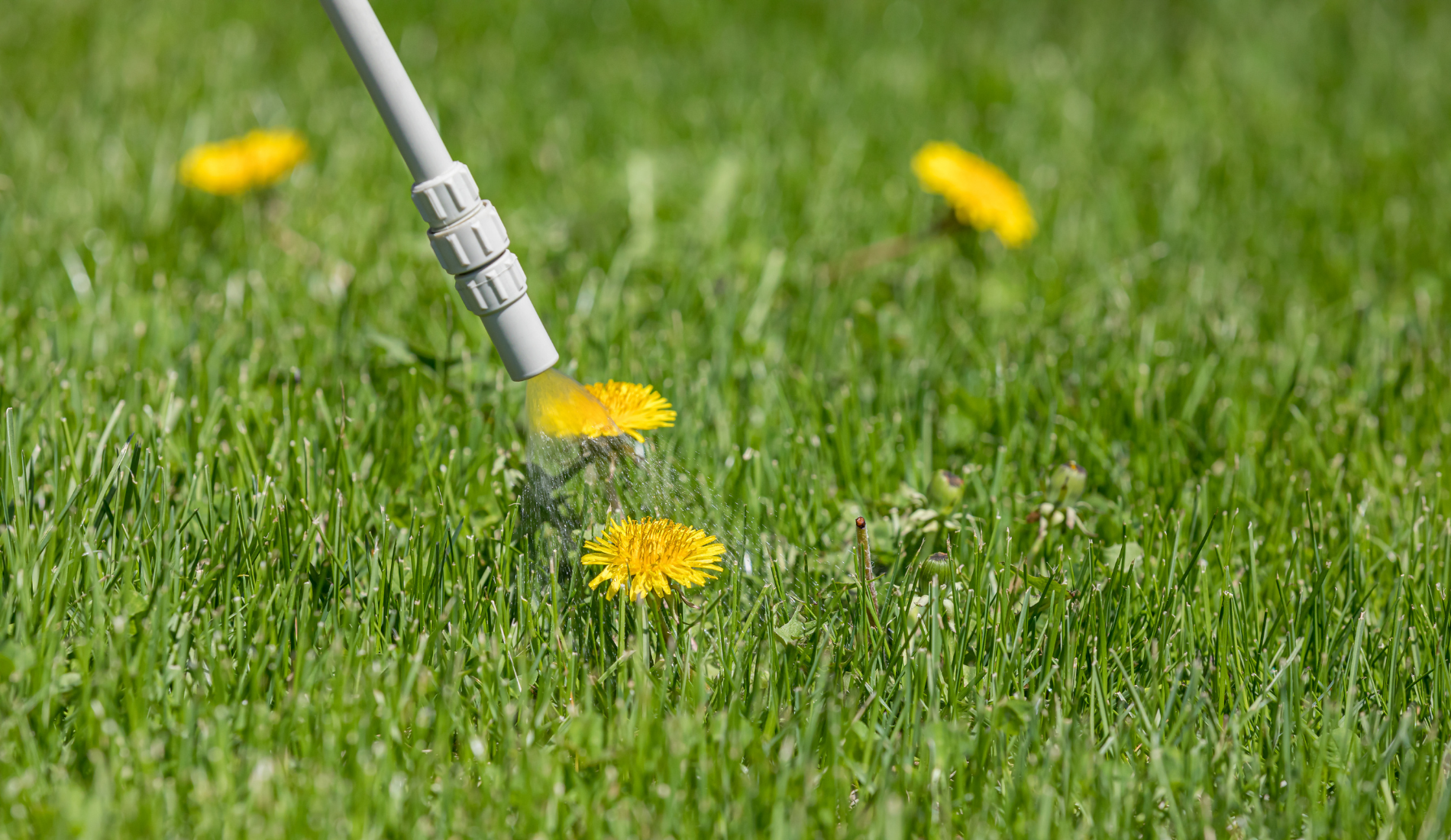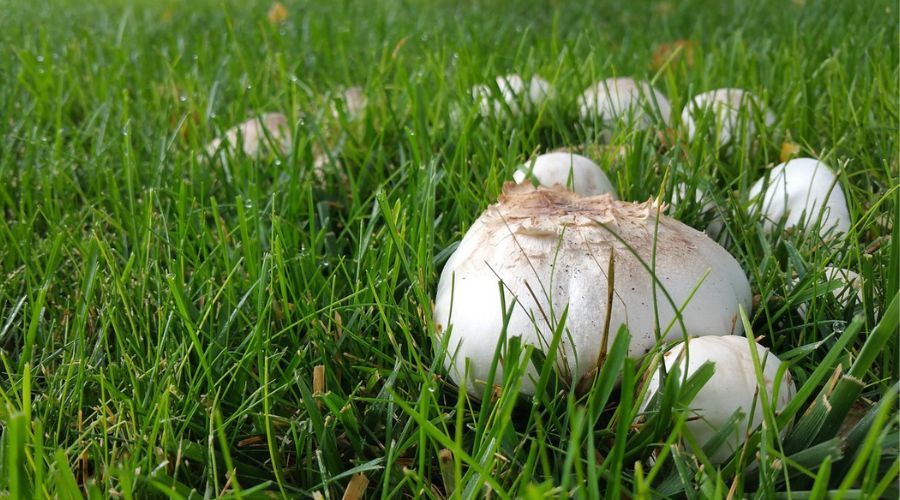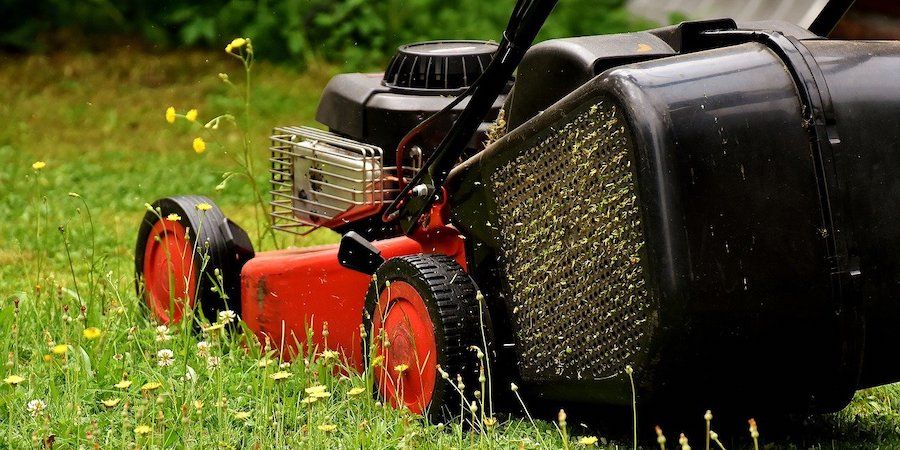Heavy rainfall can take as much of a toll on your lawn as a period of drought. If your greenspace was already struggling before the deluge, it could even turn into a muddy mosh pit or a sea of brown lifeless patches and rotting roots.
You could be looking at days and weeks of resodding or reseeding and fewer days having fun in that spot your family, pets, and wildlife adore. Follow these lawn care tips to help it bounce back to life after lots of rain and become, once again, that welcoming place you used to know.
KEEP OFF THE LAWN
Image credits: bernswaelz via Pixabay
It might seem obvious, but it’s worth saying! Keep everyone off the lawn after heavy rain, including your furry, four-legged friends. Stomping around on a wet, soggy lawn will further compact the soil, making it more difficult for water to evaporate.
Roots struggle for oxygen in compacted soil. They will also be undernourished as heavy rain dilutes the nutrients in the soil. Also, grass blades wilt under all that heavy rain and are trying hard to recover. They will have a more difficult time doing so if they are also being trampled on too soon.
AERATE THE LAWN
Too much water on your lawn suffocates the roots. Once there are no more heavily soggy patches, you can aerate the lawn. Aerating is a common lawn care technique that allows nutrients and oxygen to seep down to the roots and help restore grass to a healthy state. It is easiest and more effective when the soil is moist or slightly wet.
However, if your lawn was dormant before the heavy rainfall, do not aerate it.
LEVEL OUT THE LAWN
Image credit: New Africa via Shutterstock
After the heavy rainfall, inspect your lawn to look for areas with more pooling than others. You will need to level out these sites once the ground dries out.
Remove any grass from the sunken locations. Mix some topsoil, compost, and sand and fill in each spot. Turn on the sprinkler. Watch to see if any pooling of water continues or if there’s any runoff. If so, you should add some more of the soil mix. Spread some new sod or grass seeds afterward.
FEED YOUR LAWN
Image credits: Amanda Mills via Pixnio
Excessive rain dilutes nutrients in the soil, essential for keeping plants strong and healthy. On the plus side, wet soil will absorb fertilizer more easily than dry, tough soil.
A slow-release fertilizer will work well for cool or warm-season grasses after heavy rain. Spread it when the top two inches of soil have dried out (use your finger to check). However, if your lawn was dormant before the heavy rainfall, skip the fertilizer.
MONITOR GROWTH BEFORE SEEDING
Image credits: Elena Elisseeva via Shutterstock
If you seeded your lawn before the heavy rainfall, you might be worried that the seeds got washed away. In reality, it is more likely the seeds were relocated by the deluge. Monitor new growth to see if it’s coming in where it should. Some grasses, such as Kentucky Bluegrass, can take up to 21 days to germinate. Others might germinate in just four or five days.
If you notice the new growth isn’t in the spots that needed topping up, reseed those areas again. Just be sure to check the weather first in case another massive downpour is on its way.
WATCH FOR WEEDS
Image credits: JJ Gouin via Canva
While rain can help to spur new grass growth, it’s also an energizer for those pesky weeds. Dandelions are the most likely suspects, but there are others, such as burdock, chickweed, Canada thistle, nutsedge, and the notorious allergy-aggravator, ragweed.
Remove any weeds you notice competing with your recovering lawn grass for sun and nutrients. If they return, you will know that the root is still intact. A weeding tool will be more effective at eliminating those roots. Also, spraying weeds with vinegar is a natural way to banish them from your lawn.
FEND OFF FUNGUS
Image credits: kdgruhn1 via Pixabay
Grass that sits in water for a long period is more susceptible to a fungal infection. Some telltale signs that your lawn is under siege include brown patches, mushrooms popping up, and slimy spots. You might also notice grass blades are discolored or have powdery specks.
Clean any lawn care tools you plan to use after heavy rainfall, such as an aerator or weeder. If your grass is infected, apply a fungicide. Choose one specifically made for your type of grass. If you prefer a natural, organic option, neem oil spray or compost tea are common choices for lawn fungus.
PRACTICE PREVENTATIVE LAWN CARE
Image credits: Alexas_Fotos via Pixabay
Where one heavy rainfall happens, another might follow. Before that happens, mow the grass once it has dried out (never mow wet grass). Longer grass captures more water, so it's best to avoid this happening. Make sure the mower blades are sharp so they do not cause a lot of damage to the grass, which will be under enough stress when it starts to flood.
Finally, practice regular lawn care. Never neglect your greenspace. When the wild weather sets in, it will be healthy and strong enough to rebound.
Get The Lawn Of Your Dreams
Besides these lawn care strategies to use after heavy rainfall, you will need some patience. If you notice that your lawn isn’t recovering, it might be time to call in the pros. They can offer you timely advice on how to nurture your lawn back to health and ongoing care to make its green glory last.
Do you have a mushy story about your lawn after a heavy rainfall? Share it with others below.

